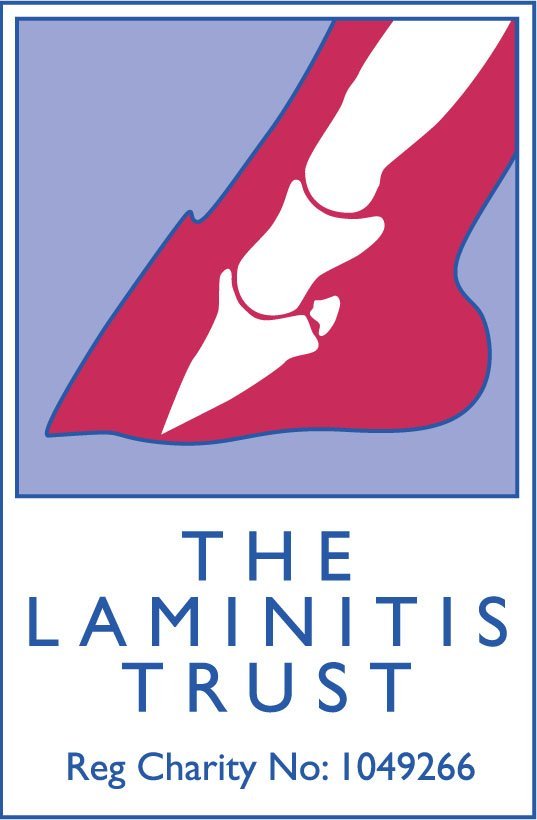
You
can prevent laminitis by avoiding high risk situations. The following
is a list of "causes" or circumstances which we know commonly
precede the onset of laminitis.
- Obesity
- Overeating on foods rich in carbohydrate or rapidly fermentable fibre i.e. cereals, coarse mixes, rapidly growing or fertilised grass
- Any illness which involves a toxaemia. This may be a bacterial infection or following the ingestion of plant or chemical toxins.
- Cushing's Disease. This is a condition which follows an abnormality affecting the pituitary gland in the horse's head. It results in the horse failing to shed its winter coat. The coat becomes long and matted and eventually curly. The horse drinks and eats increased amounts of food while sweating excessively and losing weight. All Cushing's cases suffer laminitis.
- Weight-bearing laminitis. When the horse is severely lame on one leg and has to put all his weight on the contra-lateral limb they often suffer from founder in the weightbearing limb. This is particularly common in hind feet.
- Concussive laminitis (road founder). When horses are subjected to fast or prolonged work on hard surfaces they may develop laminitis as a result of trauma to the laminae, particularly if their horn quality is poor.
- Hormonal problems. Animals which are "good doers" may be hypothyroid or have an abnormal peripheral cortisol enzyme system. The latter condition, recently described has been called obesity related laminitis or peripheral Cushing's disease. Others develop laminitis when they are in season.
- Cold weather. A few horses show laminitis during cold weather, fitting warm leg wraps during cold snaps prevents the problem in most cases.
- Stress. Worming, vaccination, traveling or separation from a "friend" can trigger an attack of laminitis.
- Drug induced laminitis. Although some wormers can precipitate laminitis, the most common group of drugs which cause laminitis are the corticosteroids. Even injecting short acting corticosteroids into joints can cause severe laminitis.
Overeating / Obesity are the most common high risk situations which lead to laminitis. The secret to avoiding laminitis in this situation is not to turn the horse out whilst he is fatter than condition score 3. This means he should not have a fat depot along his crest or at the tail head, around the sheath or udder or over the loins. You should be able to feel his ribs easily by running your hand along his side yet you should not be able to see his ribs.
Limiting the grass intake can be accomplished by using a grazing mask or muzzle or by restricting the area available for grazing.